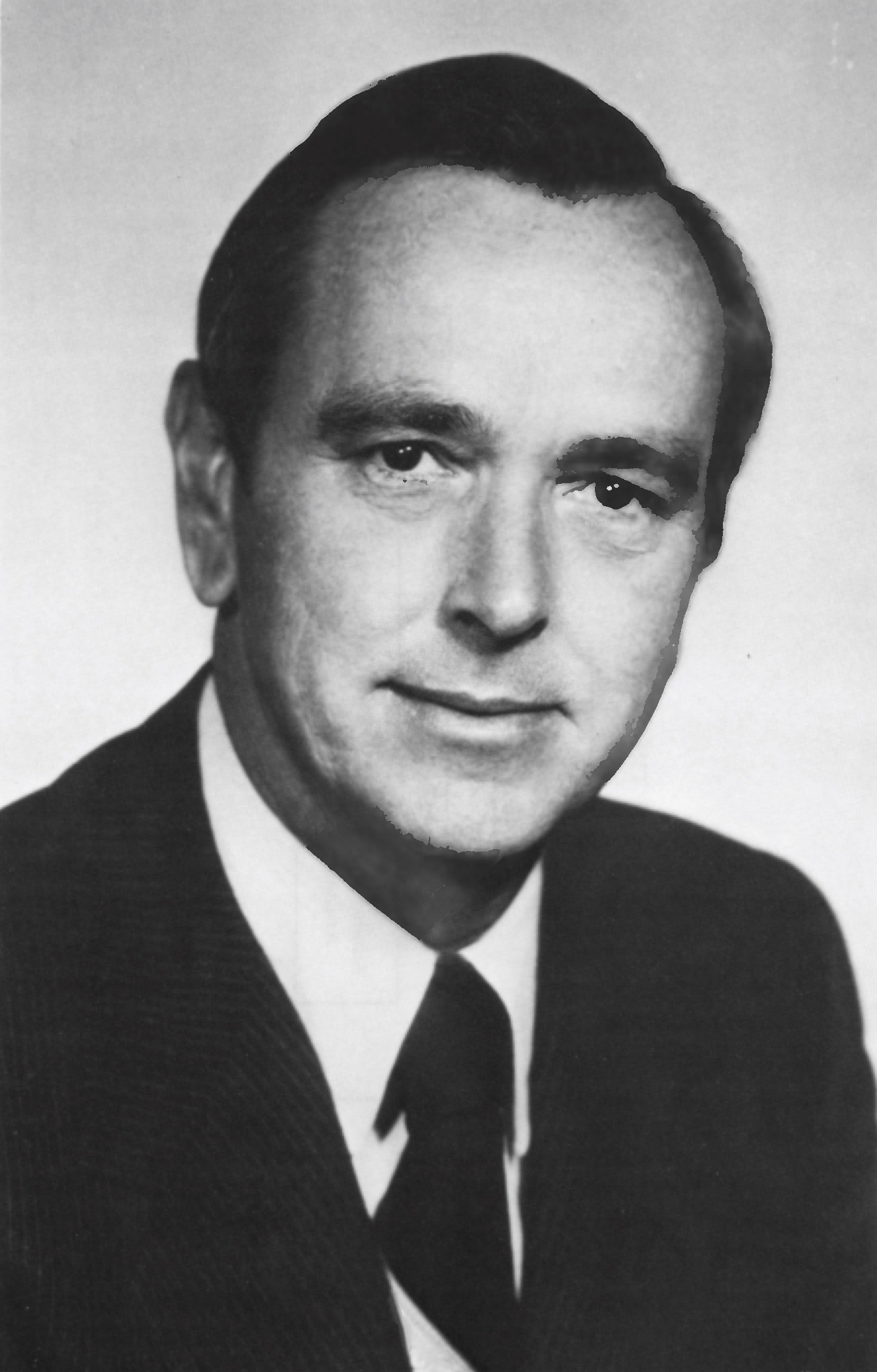This website uses cookies so that we can provide you with the best user experience possible. Cookie information is stored in your browser and performs functions such as recognizing you when you return to our website and helping our team to understand which sections of the website you find most interesting and useful. Please see our privacy policy for more information.
Georgia
Gov. George Washington Towns
- November 3, 1847 - November 5, 1851
- Democratic
- May 4, 1801
- July 15, 1854
- Georgia
- Married twice--Margaret Jane Campbell, Mary Winston-Jones; seven children
- Representative
About
GEORGE WASHINGTON BONAPARTE TOWNS was born in Wilkes County, Georgia, on May 4, 1801. He studied law, was admitted to the bar in 1824, and established a legal career in Montgomery, Alabama, and Talbotton, Georgia. He was commissioned a colonel in the Georgia Militia. Towns entered politics in 1829 as a two-term member of the Georgia House of Representatives. He also served in the Georgia Senate from 1832 to 1833. It was about this time that he dropped the name Bonaparte. He was a member of the U.S. House of Representatives from 1835 to 1839 and again from January 27, 1846 to March 3, 1847. On October 4, 1847, Towns was elected Governor of Georgia, and on November 3, 1847 he was sworn into office. He was reelected to a second term in 1849. During his tenure, construction on the Western and Atlantic Railroad was completed, slave codes were restructured, the ad valoremtaxation system was implemented, and state revenue was sanctioned for the funding of public schools. With the mounting abolitionist activity, Governor Towns called for a state convention to counter the Compromise of 1850. The convention denied the governor’s plea for secession, but approved the Georgia Platform. Although Georgia was dissatisfied with certain facets of the Compromise of 1850, the Georgia Platform still pushed for its endorsement. After leaving office, Towns retired from public service and returned to his law practice. Governor George W. Towns died on July 15, 1854, and he is buried in the Rose Hill Cemetery in Macon, Georgia. Towns County in northeast Georgia was named in his honor in 1856.
Source
Cook, James F. Governors of Georgia, 1754-2004. 3d ed. Macon, Ga.: Mercer University Press, 2005.
Sobel, Robert, and John Raimo, eds. Biographical Directory of the Governors of the United States, 1789-1978, Vol. 1, Westport, Conn.; Meckler Books, 1978. 4 vols.












